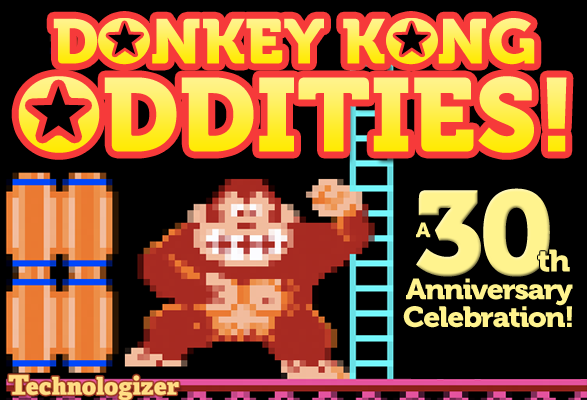
Few musical acts have the power to excite tech enthusiasts like They Might Be Giants. The band’s attention to detail, appreciation for humor, and perennial refusal to follow the status quo strongly resonate with nerd-folk (think: engineers, programmers) who rely on minutiae and unconventional thinking to do their jobs.
Their unique approach has earned the band two Grammy awards (and three nominations) in the last 10 years for work with Malcolm in the Middle and a string of well-received children’s albums. Of course, with 15 studio albums under their belt, they aren’t exclusively an act for kids. While perhaps best known in the adult world for the 1990 album Flood, it’s impossible to choose a single TMBG record that represents such a large and diverse body of work.
At the core of TMBG is a 29-year partnership between two good friends: John Linnell, 52, and John Flansburgh, 51, who function like two halves of the same brain. Flansburgh delivers culturally-reflective philosophical works in broad strokes, while Linnell often sings through the character of an insecure, paranoid introvert that explores subjects in elaborate detail.

TMBG are known for their eager adoption of technology in creating and marketing their music. The group first relied on an electronic drum machine before adopting a full live band, then adopted computer sequencing in production work. In the mid-1990s, TMBG quickly set up a strong presence on the nascent Web, and they crowned that era by releasing the first full-length MP3-only album in 1999. To this day, they continue their high-tech track record by embracing online distribution, email newsletters, and podcasting as a way to reach out to fans in the post-label era.
As a student of computer and video game history, I often interview people who helped to make the information technology industry what it is today. But I think it’s also important from a historical perspective to explore the impact of technology on the rest of the world. That’s why I asked John Linnell to recall his earliest experiences with such machines and to reflect on how computers have impacted his profession.
In early May of this year, Linnell and I spoke at length over the phone about these subjects while also touching on his fruitful partnership with Flansburgh and how it has ensured the continued success of their band.
Continue Reading →
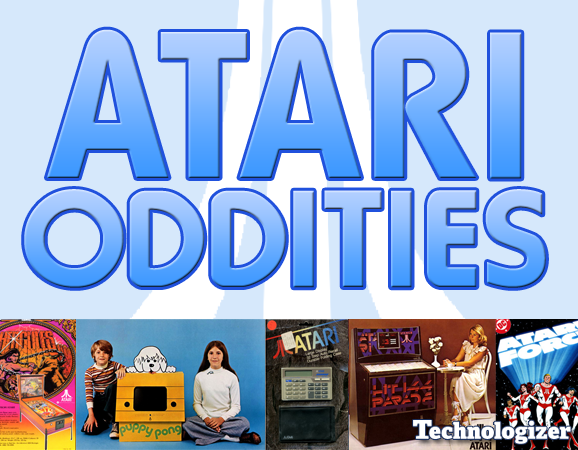 Forty years ago this June, Nolan Bushnell and Ted Dabney founded Atari, Inc. in California. And with it, they founded the video game industry as we know it today. Since then, the name Atari has become synonymous with the golden age of video games and a sense of Generation X nostalgia that will never fade.
Forty years ago this June, Nolan Bushnell and Ted Dabney founded Atari, Inc. in California. And with it, they founded the video game industry as we know it today. Since then, the name Atari has become synonymous with the golden age of video games and a sense of Generation X nostalgia that will never fade.

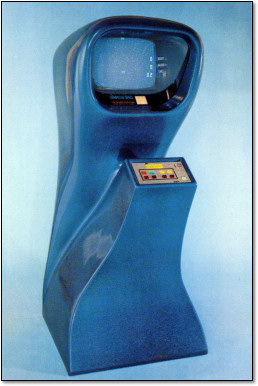 Forty years ago, Nutting Associates released the world’s first mass-produced and commercially sold video game, Computer Space. It was the brainchild of Nolan Bushnell, a charismatic engineer with a creative vision matched only by his skill at self-promotion. With the help of his business partner Ted Dabney and the staff of Nutting Associates, Bushnell pushed the game from nothing into reality only two short years after conceiving the idea.
Forty years ago, Nutting Associates released the world’s first mass-produced and commercially sold video game, Computer Space. It was the brainchild of Nolan Bushnell, a charismatic engineer with a creative vision matched only by his skill at self-promotion. With the help of his business partner Ted Dabney and the staff of Nutting Associates, Bushnell pushed the game from nothing into reality only two short years after conceiving the idea.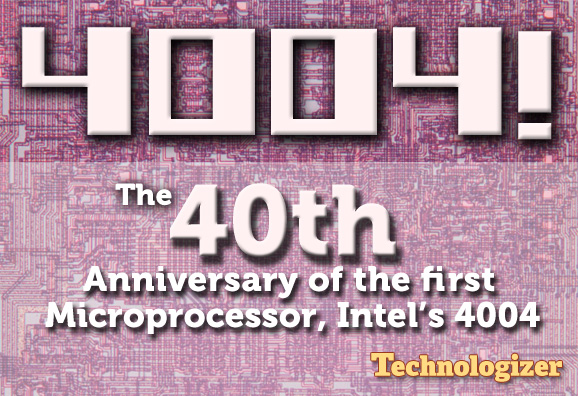

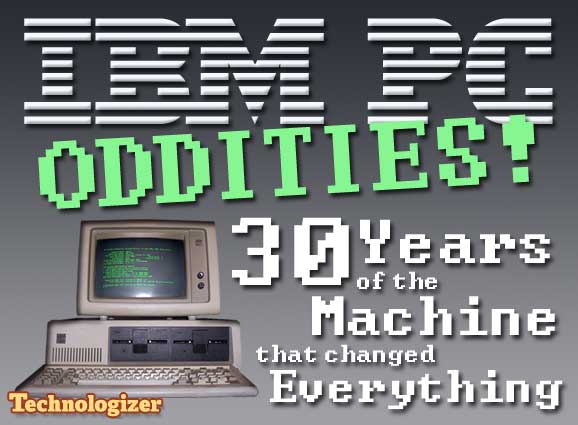 Thirty years ago this Friday, IBM announced its very first Personal Computer, the 5150. The tech press, in a rare unified act of prescience, immediately recognized a new computing standard taking shape before its eyes.
Thirty years ago this Friday, IBM announced its very first Personal Computer, the 5150. The tech press, in a rare unified act of prescience, immediately recognized a new computing standard taking shape before its eyes.